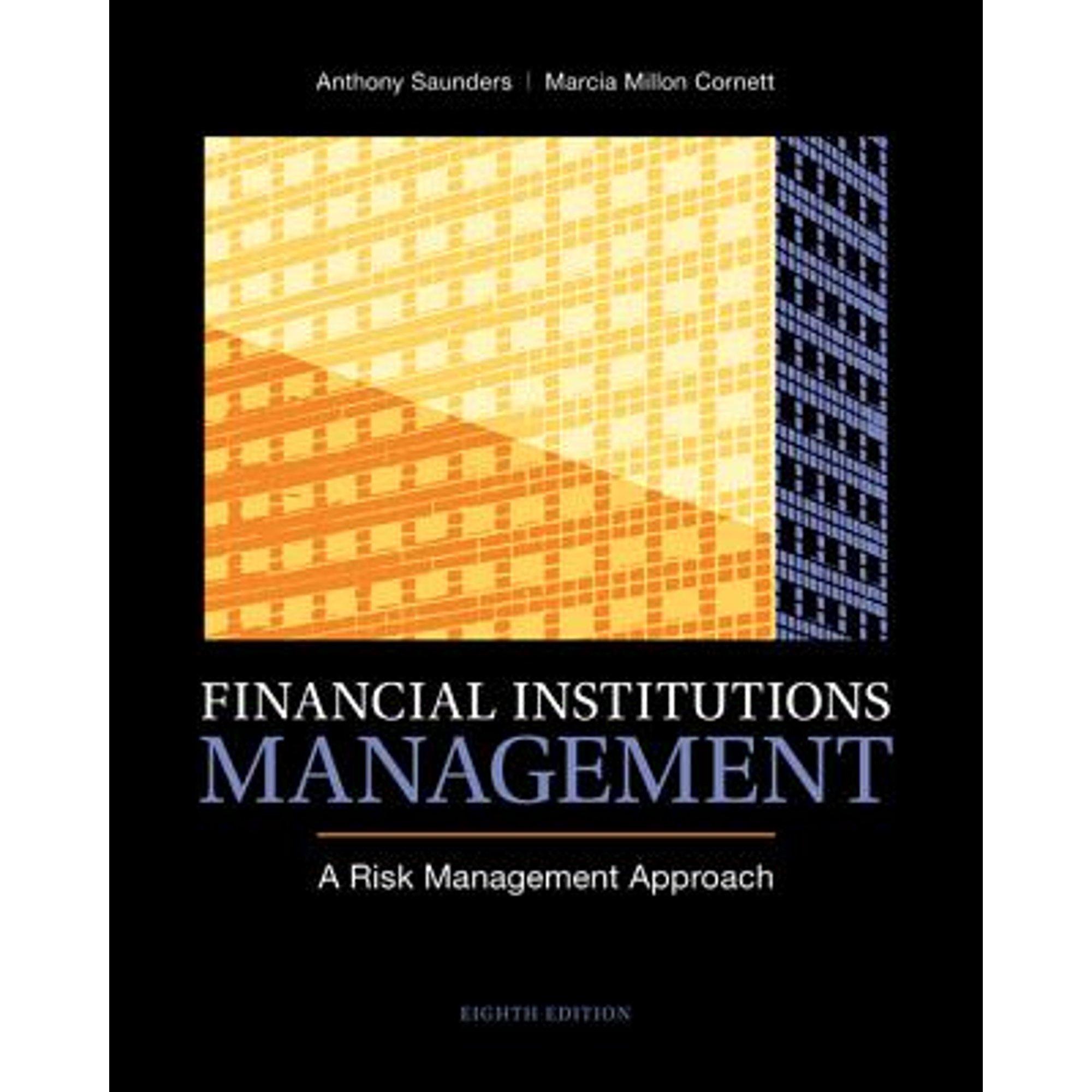4. You and your spouse are in good health and have reasonably secure careers. You make about $75,000 annually and have opted for life insurance coverage of three times your salary through your employer. With your spouse's income, you are able to absorb ongoing living costs of $55,000 a year. You own a home with a $290,000 mortgage. Other debts include a $15,000 car loan, $7,000 student loan, and $4,000 charged to credit cards. In the event of your death, you wish to leave your family debt-free. One of your most important financial goals involves building an education fund of $100,000 to cover the costs of a four-year university program for each of your two children ages two and four. To date, you have accumulated $25,000 toward this goal in an RESP. Should you die, your beneficiaries would receive a $2,500 death benefit lump-sum payment from the Canada Pension Plan. You also have $35,000 in your company pension plan. Average funeral expenses are $13,800. Your other financial assets are as follows: Bank accounts S 3,100 4,000 Term deposits (3 months) TFSA High Interest Savings 2,000 3,500 Stock investment account RRSPS 10,500 Use the family-need method to determine your life insurance needs. Dependents need 4 years of income as living expense. Assume that there is a desire to have a 3-month reserve based on their annual income. (10 marks) 5. Assume that three years ago, you purchased a 10-year corporate bond that pays 8.0 percent. The purchase price was $1,000. Also, assume that today comparable bonds are paying 7.0 percent. a) What is the annual dollar amount of interest that you receive from your bond investment? (2 marks) b) Assuming that comparable bonds are paying 7.0 percent, what is the approximate market price for which you could sell your bond? (2 marks) 6. You bought 100 shares of stock at $25 each. At the end of year I you received $300 in dividends and at the end of year 2, you received in $200 in dividends and your stock was worth $2,700. What annual rate of return did you earn of your investment? (5 marks) 4. You and your spouse are in good health and have reasonably secure careers. You make about $75,000 annually and have opted for life insurance coverage of three times your salary through your employer. With your spouse's income, you are able to absorb ongoing living costs of $55,000 a year. You own a home with a $290,000 mortgage. Other debts include a $15,000 car loan, $7,000 student loan, and $4,000 charged to credit cards. In the event of your death, you wish to leave your family debt-free. One of your most important financial goals involves building an education fund of $100,000 to cover the costs of a four-year university program for each of your two children ages two and four. To date, you have accumulated $25,000 toward this goal in an RESP. Should you die, your beneficiaries would receive a $2,500 death benefit lump-sum payment from the Canada Pension Plan. You also have $35,000 in your company pension plan. Average funeral expenses are $13,800. Your other financial assets are as follows: Bank accounts S 3,100 4,000 Term deposits (3 months) TFSA High Interest Savings 2,000 3,500 Stock investment account RRSPS 10,500 Use the family-need method to determine your life insurance needs. Dependents need 4 years of income as living expense. Assume that there is a desire to have a 3-month reserve based on their annual income. (10 marks) 5. Assume that three years ago, you purchased a 10-year corporate bond that pays 8.0 percent. The purchase price was $1,000. Also, assume that today comparable bonds are paying 7.0 percent. a) What is the annual dollar amount of interest that you receive from your bond investment? (2 marks) b) Assuming that comparable bonds are paying 7.0 percent, what is the approximate market price for which you could sell your bond? (2 marks) 6. You bought 100 shares of stock at $25 each. At the end of year I you received $300 in dividends and at the end of year 2, you received in $200 in dividends and your stock was worth $2,700. What annual rate of return did you earn of your investment








